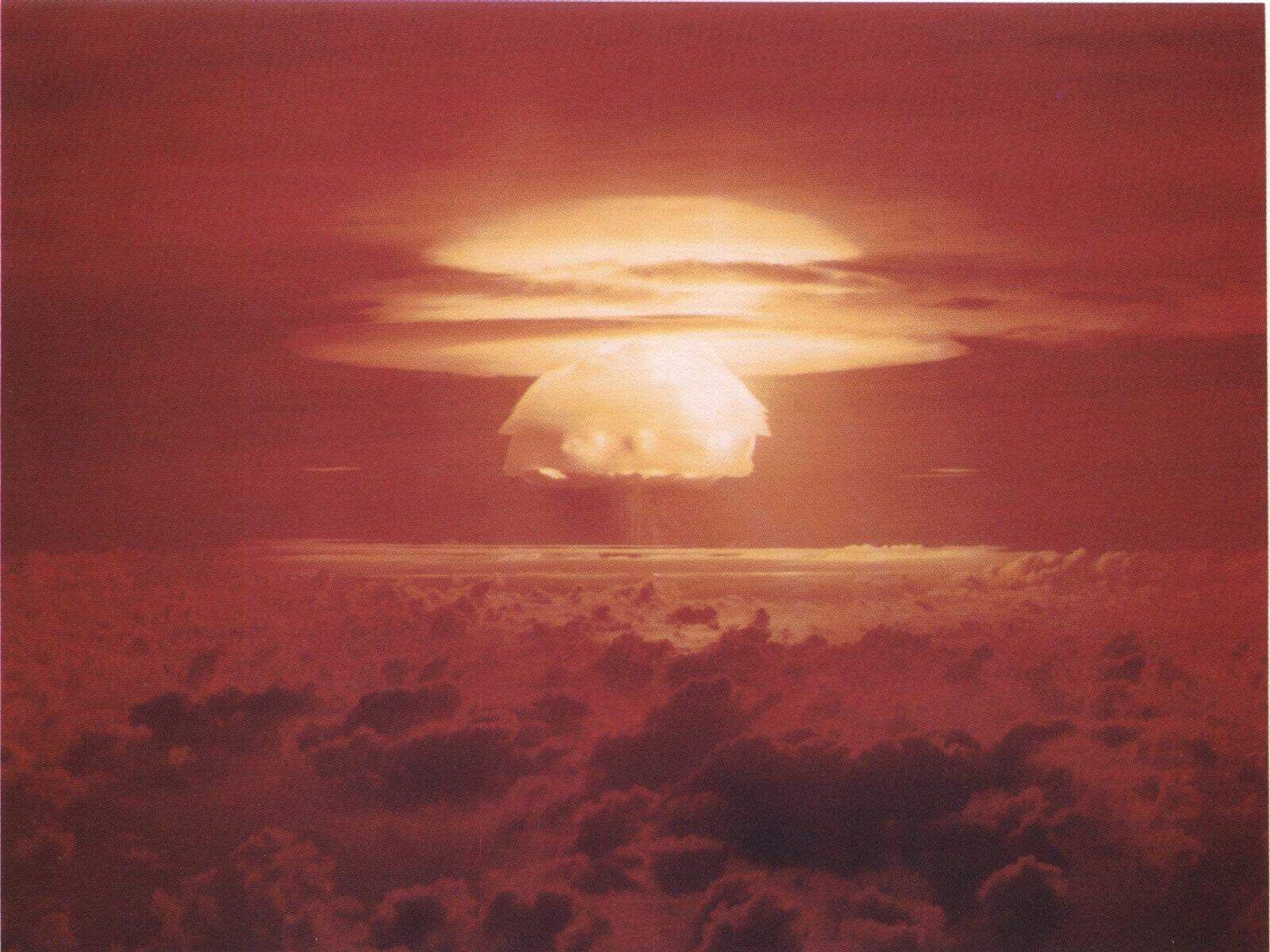
It’s a strange paradox that the end of the Cold War resulted in dramatic reductions in nuclear stockpiles, yet we may be closer to nuclear war now than at any time in history. The main flashpoint is Ukraine, where the stakes are extraordinarily high, spheres of influence are in flux, and the intentions and capabilities of each side are unclear. An unfortunate possibility is that the use of tactical nuclear weapons against non-nuclear adversaries will be normalized even if a full strategic nuclear exchange between the superpowers can be avoided.
Key Points
-
Russia has threatened the use of nuclear weapons in Ukraine while the Biden administration has continued to arm Ukraine and warn Russia against the use of nuclear weapons.
-
The Trump administration has signaled its intention to bring the war quickly to an end, likely by reducing support to Ukraine.
-
A shift in US policy will have uncertain results. It could increase or decrease the prospects of limited or general nuclear war.
-
Check out: 2 Dividend Legends To Hold Forever and Discover “The Next NVIDIA
The Russian Invasion of Ukraine
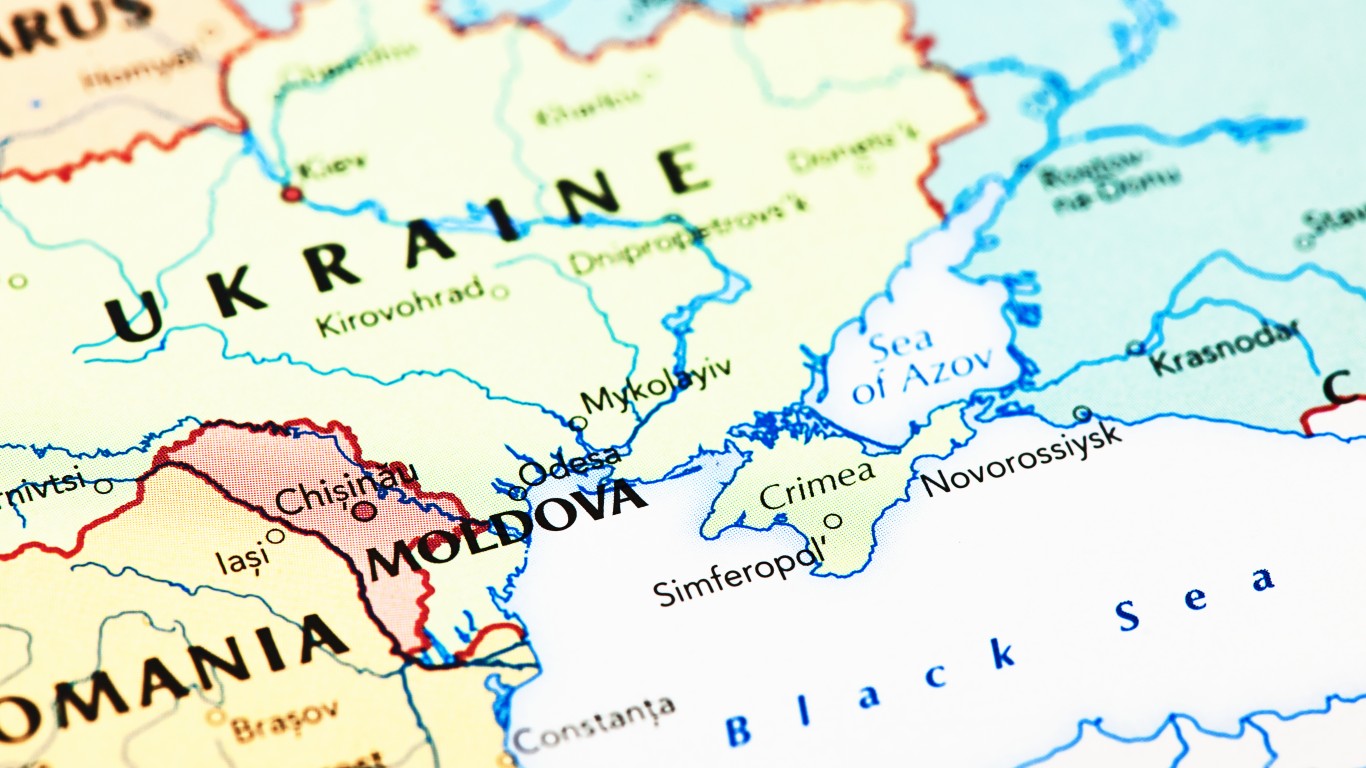
Let’s take Russia’s invasion of Ukraine as our starting point. In 2014, Russia seized the Crimean peninsula and manufactured a separatist movement in the industrial Donbas region. In 2022 they rolled the dice on a full-scale invasion of the country that has lopped off a swath of border territory and created a land bridge to Crimea. Since then, the invasion has bogged down into a war of attrition with little movement in the battle lines.
The Rationale and the Results
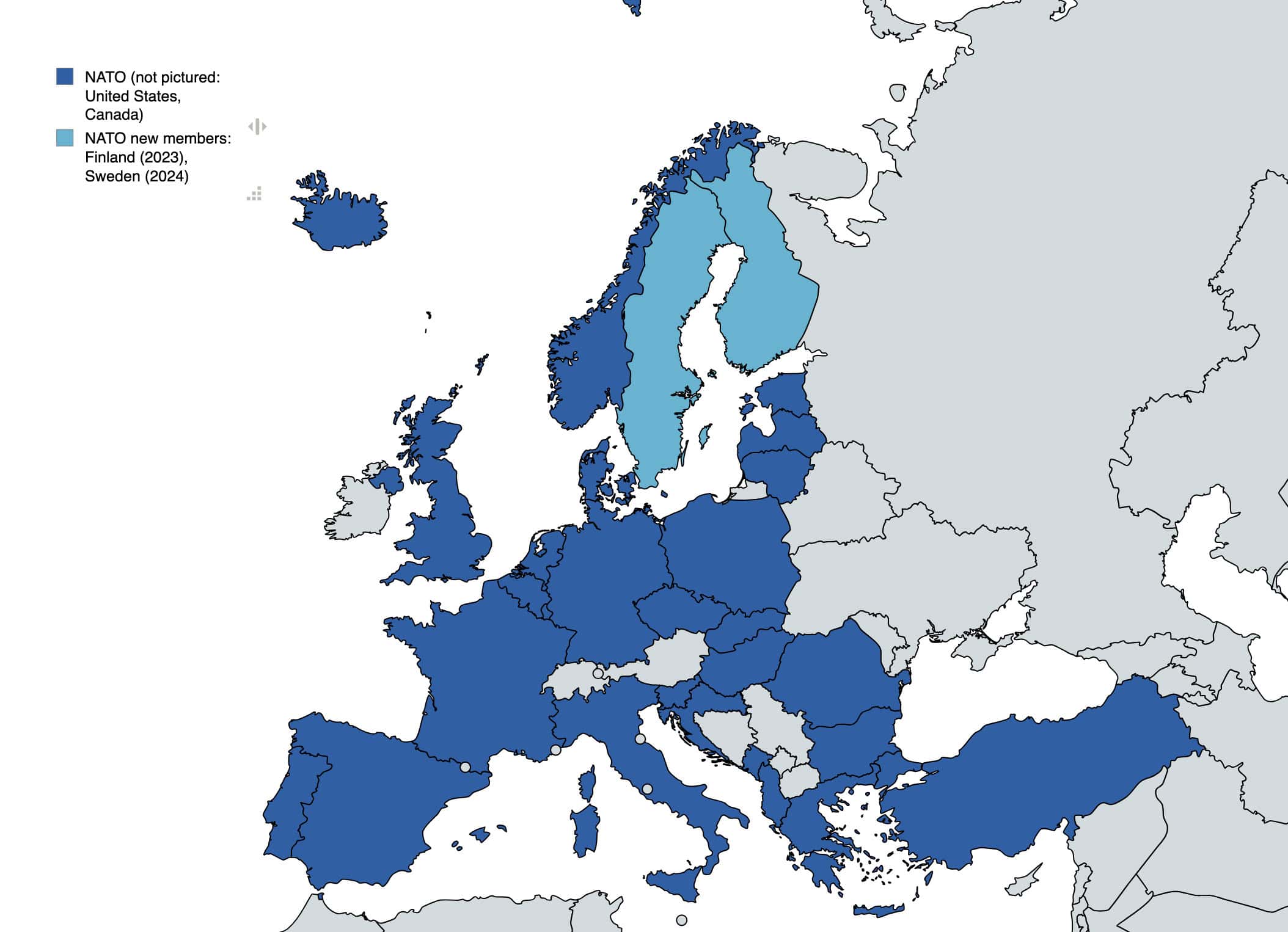
Russia tried to pull off this land grab out of concerned about NATO expansion into Eastern Europe. The result has been disastrous for Russia’s geopolitical interests.
- Sweden and Finland have broken their neutrality and joined NATO, doubling the length of Russia’s direct border with the alliance.
- Member states have poured funding, training, and increasingly advanced military hardware into Ukraine, and signaled a growing intention to see it one day added to NATO, the EU, and other western institutions.
- Long reluctant to invest in their own defense, European countries have begun substantially increasing their military expenditures to counter a belligerent and unpredictable Russia.
Embarrassing Evidence of Russian Weakness
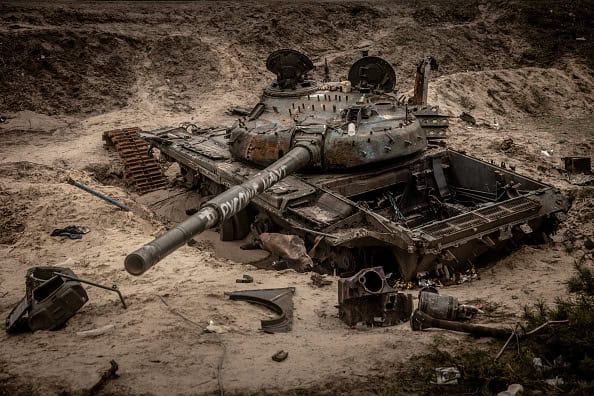
Beyond these strategic debacles, on the ground and at sea numerous military failures have created an impression of the Russian military as inept and ill-equipped.
- They failed to capture the capital and saw their gains in the Kherson and Kharkiv regions reversed.
- The Black Sea fleet sustained significant losses from missile and drone attacks, including the flagship Moskva.
- Due to a design flaw, a great many of Russia’s tanks are prone to blowing up after a hit to their turrets, which Ukraine can manage with as little as a drone and a grenade.
- Ukraine has been able to pull off missile and drone attacks as far away as Moscow itself, destroying oil infrastructure and military assets.
- Russia is importing weapons from Iran and North Korea to make up for gaps in its own military production.
- Ukraine has launched a counter-invasion of Russia itself. Low on manpower, Russia has deployed 10-12,000 North Korean troops as human shields.
All of this paints a picture of a country that cannot project power effectively even to countries directly on its border, and can be considered a superpower only by virtue of its sizable nuclear arsenal.
Russian Nuclear Bluster
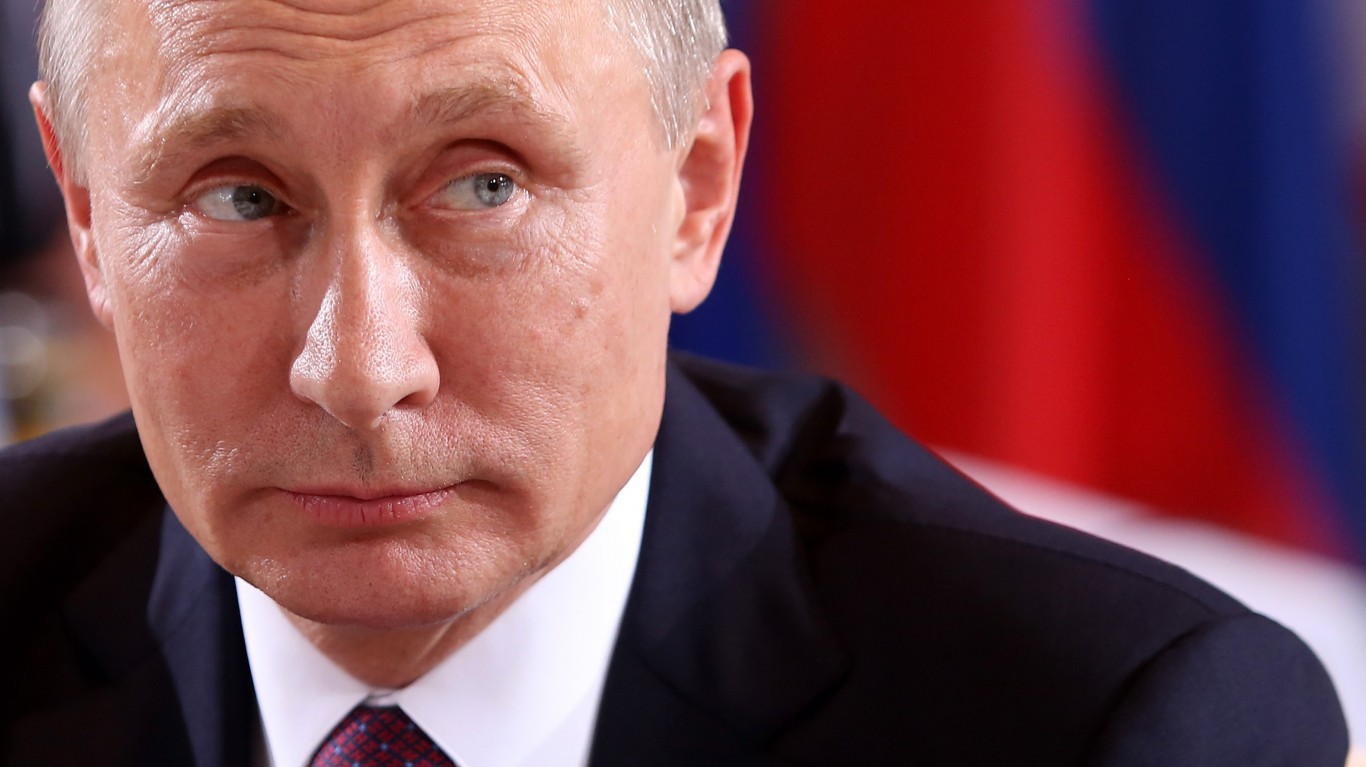
President Putin has tried to compensate for Russia’s deflated international image by threatening to use nuclear weapons in Ukraine and against countries that support it. He has also deployed some Russian nukes to Belarus, a puppet state, to help guarantee its security. He has also announced changes to Russian nuclear policy to lower the threshold for using nuclear weapons to include situations where a non-nuclear country is receiving assistance from a nuclear power.
The U.S. Response
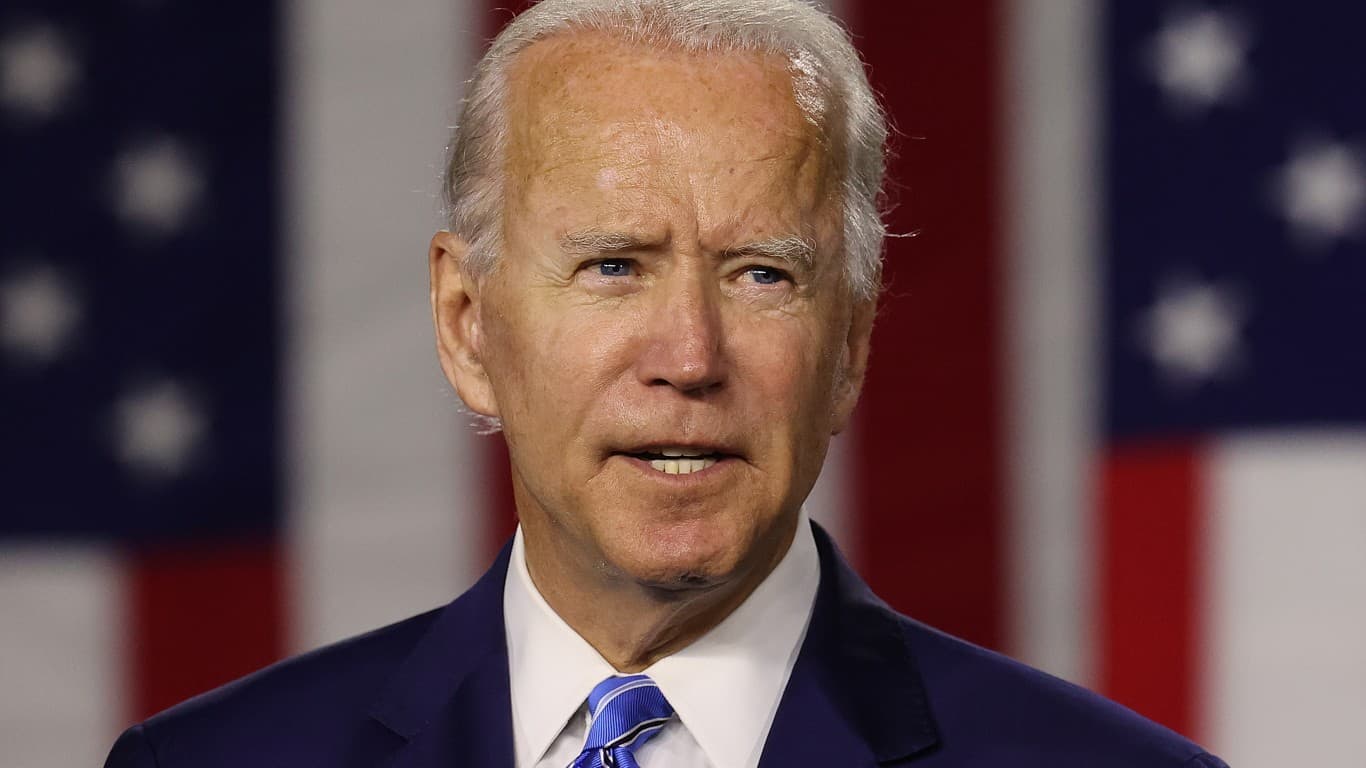
For its part, the U.S. under President Biden has proceeded cautiously, gradually increasing the amount and lethality of military aid to Ukraine and releasing Kyiv to start using longer-range weapons in Russian territory. In public, Biden has downplayed Putin’s nuclear threats while privately conveying strong warnings against any use of nuclear weapons in Ukraine or against NATO countries.
In his last weeks in office, Biden has been sending Ukraine all the military assistance legally possible under his authority to put them in the best position for negotiations or for continuing the war for some time without further American assistance, should President Trump decide to reduce U.S. support.
How Could NATO Respond?
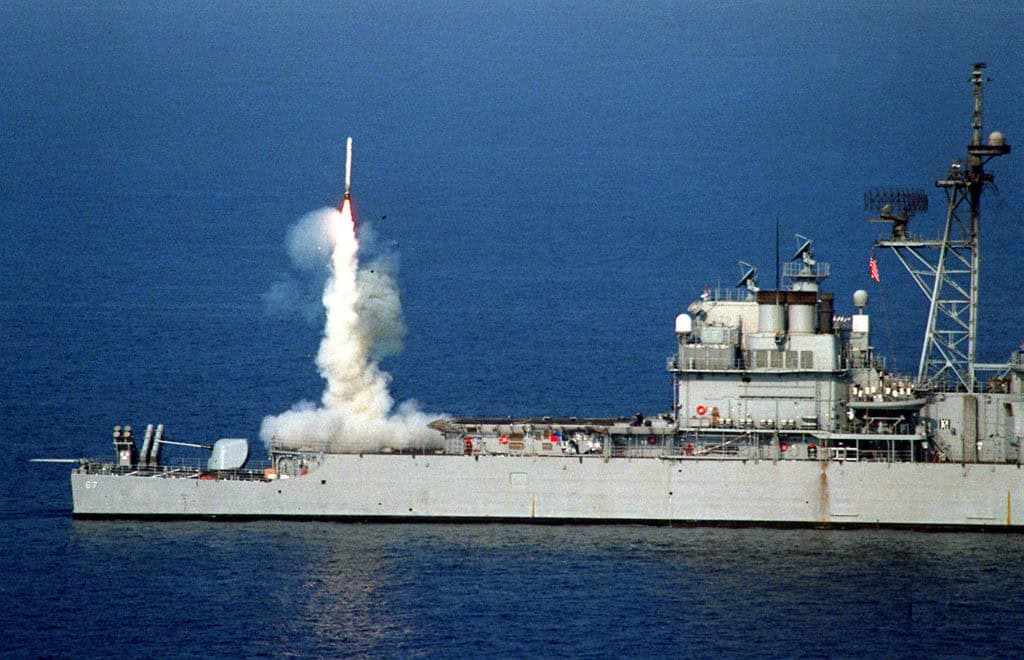
Discussion of NATO responses to the use of tactical nukes in Ukraine suggest sinking the remaining ships of the Black Sea fleet and carrying out a massive conventional bombing campaign against Russian military targets in Crimea or in the whole of Eastern Ukraine.
Practically speaking, this would guarantee that the use of nuclear weapons would not be strategically advantageous, but on the contrary would result in Russia’s decisive defeat in the war . . . unless they were willing to escalate.
What Will Trump Do?
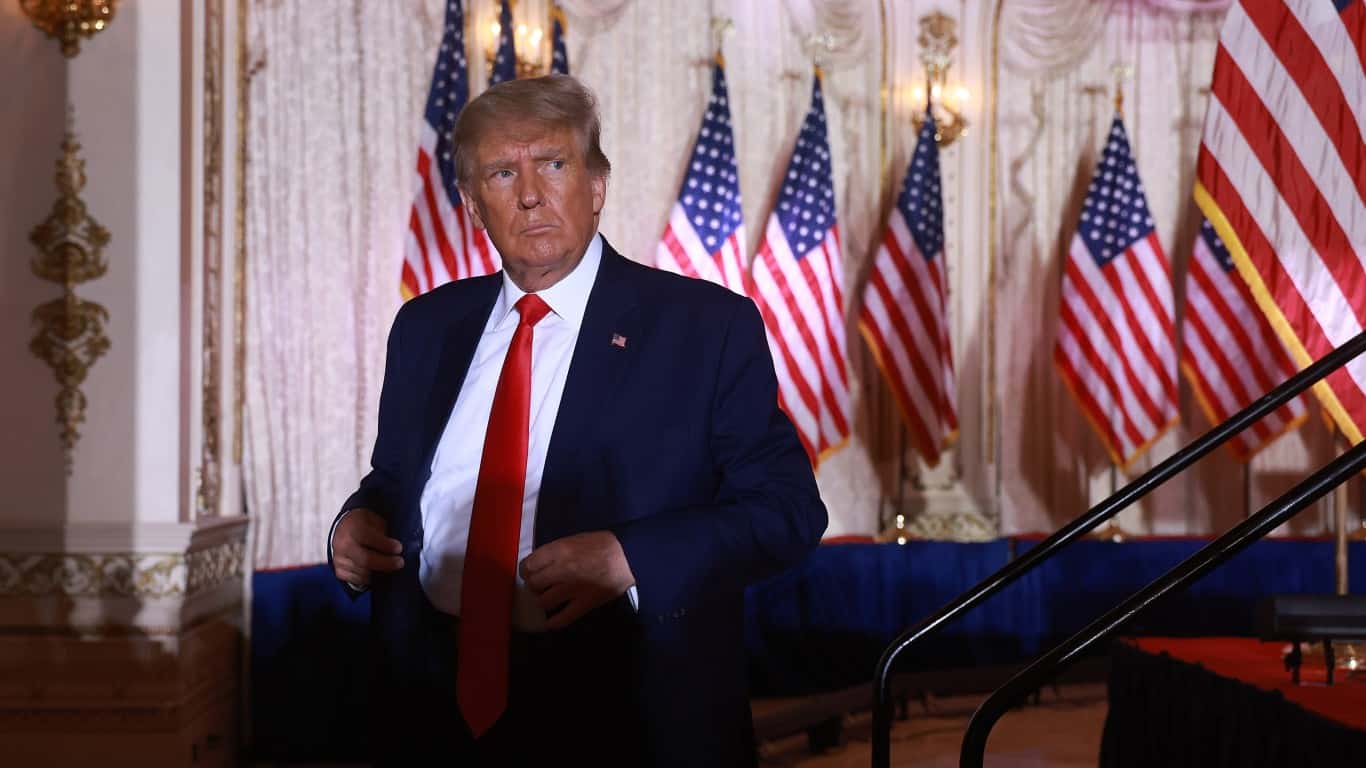
President-elect Trump has promised to bring the war in Ukraine to a quick end. Many analysts expect him to reduce or cut off aid to Ukraine and pressure president Zelensky to strike a deal with Putin, which would likely involve recognizing a transfer of Ukrainian territory to Russia. Here are three scenarios such an approach could lead to.
Scenario 1: Nuclear War Avoided
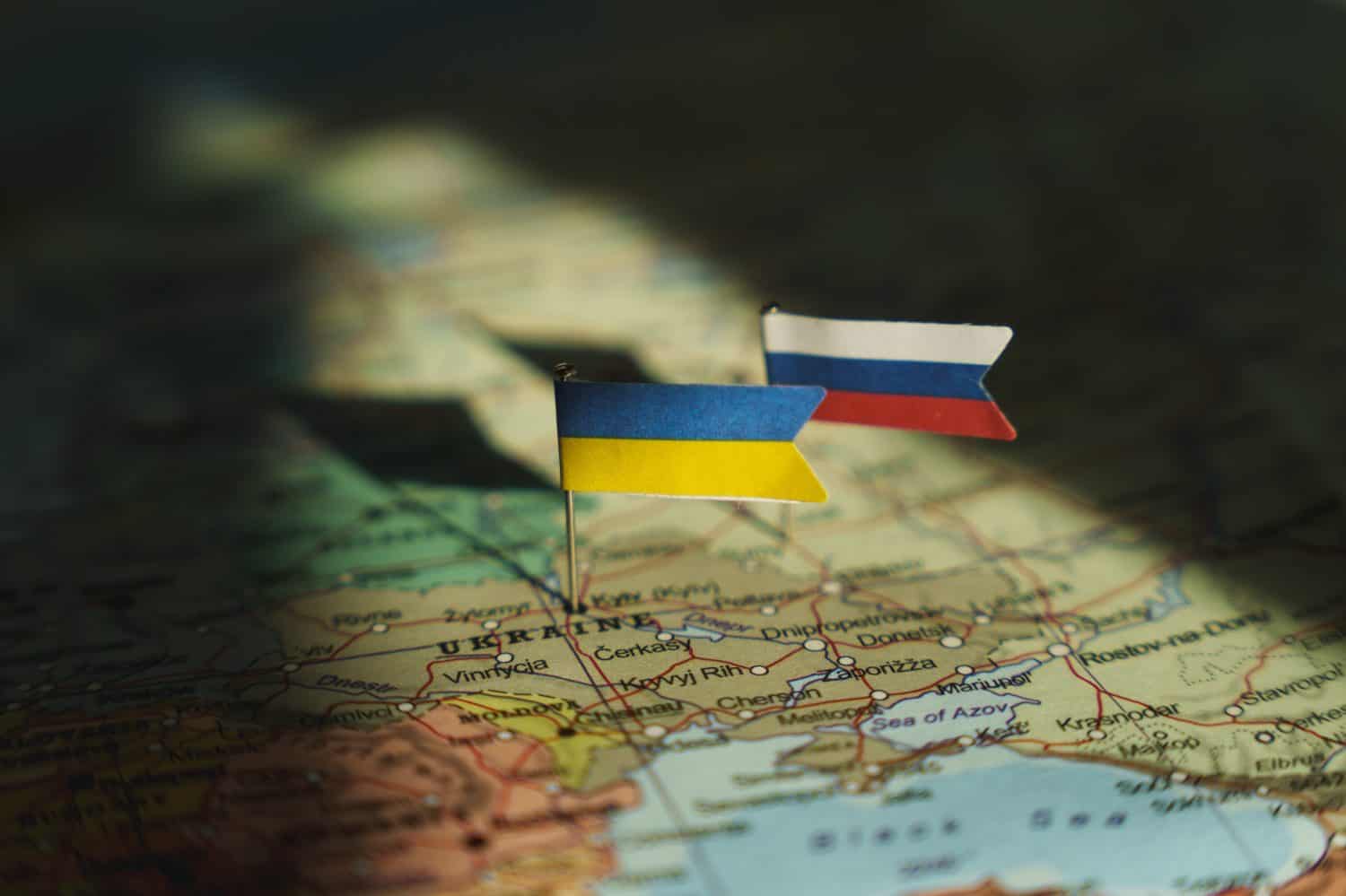
It’s possible that Biden’s support of Ukraine would have eventually lead to war between NATO and Russia that could have escalated to a nuclear exchange. If Trump distances the U.S. from Ukraine, this might force the Ukrainians to negotiate a land-for-peace end to the war before it gets to that point. Thus, Trump’s policies might protect the U.S. from involvement in a nuclear conflict, but at the cost of rewarding Russian aggression and setting the stage for them to try again in the future.
Scenario 2: Nuclear War With Ukraine Only
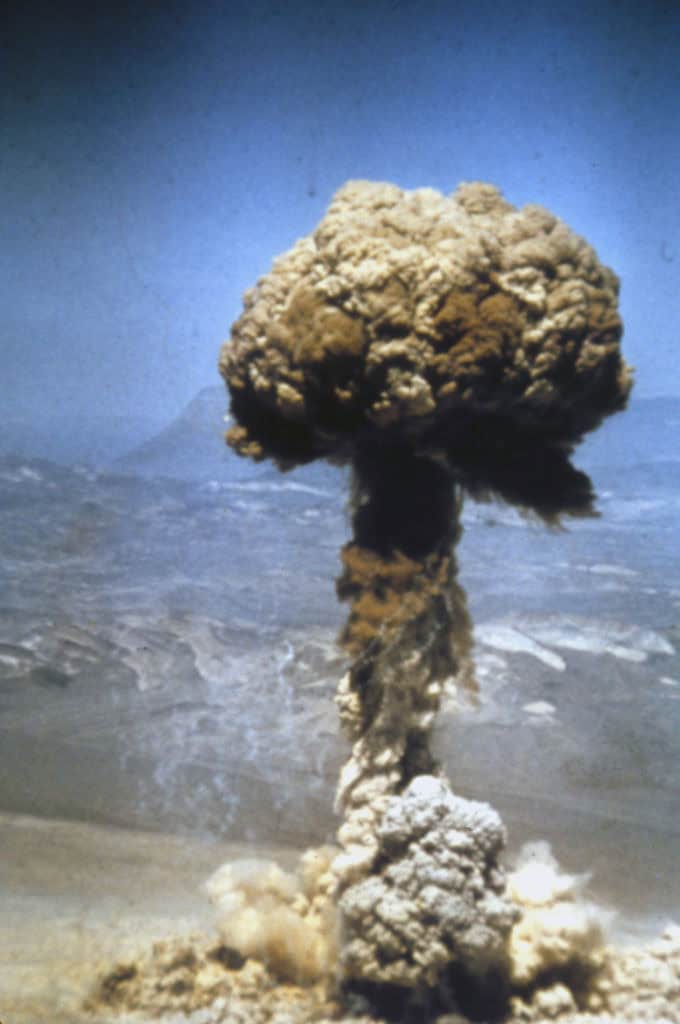
Another possibility is that a perceived or real removal of American support from Ukraine would give Putin carte blanche to do as he pleases to achieve Russia’s war aims. Even in the absence of American support, other NATO allies may continue to help Ukraine keep up their resistance. If he thought there would be no response, Putin might feel free to use tactical nuclear weapons to shock Ukraine into surrender or achieve decisive battlefield advantages.
This could not only lead to a decisive Ukrainian defeat and embolden further Russian expansion in Eastern Europe, it could normalize the use of tactical nuclear weapons as a tool of warfare. This outcome would almost certainly provoke nuclear proliferation by a dozen or more countries that would begin to perceive these weapons as a military necessity.
Scenario 3: Nuclear War With NATO
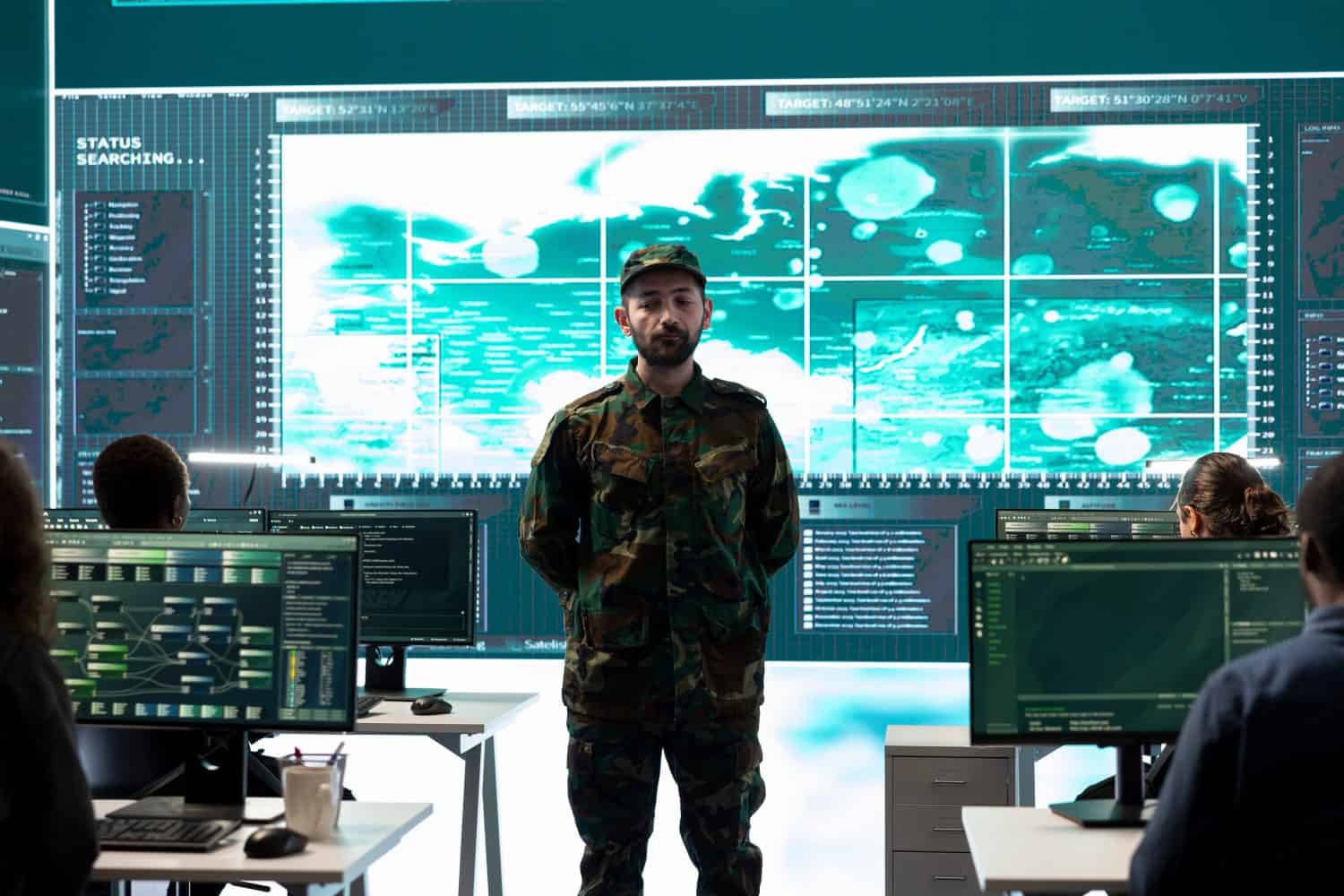
Finally, it is possible that American intentions under the Trump administration will send mixed messages that Russia and other countries may misinterpret. Trump’s campaign rhetoric may not reflect his actual intentions and choices in Ukraine policy, but be more of a negotiating tactic. And the U.S. government going through significant internal reform and policy changes under the new president may not convey a clear, consistent U.S. position at all levels of the government. All of this could result in Russian miscalculations that might push the U.S. and Europe beyond some invisible red lines and rapidly spin out of control.
What To Do?

There is no clear future or clear path to it in these scenarios. At a time when leadership is changing, traditional institutions and policies are under question and may face substantial reform, and there is lack of clarity between U.S., European, and Russian interests, the danger of limited nuclear war is real, no matter who is in office in Washington. If this can be avoided long enough, events such as a future leadership change in Russia may bring greater clarity and a more secure foundation for a lasting peace.
Take Charge of Your Retirement In Just A Few Minutes (Sponsor)
Retirement planning doesn’t have to feel overwhelming. The key is finding expert guidance—and SmartAsset’s simple quiz makes it easier than ever for you to connect with a vetted financial advisor.
Here’s how it works:
- Answer a Few Simple Questions. Tell us a bit about your goals and preferences—it only takes a few minutes!
- Get Matched with Vetted Advisors Our smart tool matches you with up to three pre-screened, vetted advisors who serve your area and are held to a fiduciary standard to act in your best interests. Click here to begin
- Choose Your Fit Review their profiles, schedule an introductory call (or meet in person), and select the advisor who feel is right for you.
Why wait? Start building the retirement you’ve always dreamed of. Click here to get started today!
Thank you for reading! Have some feedback for us?
Contact the 24/7 Wall St. editorial team.
